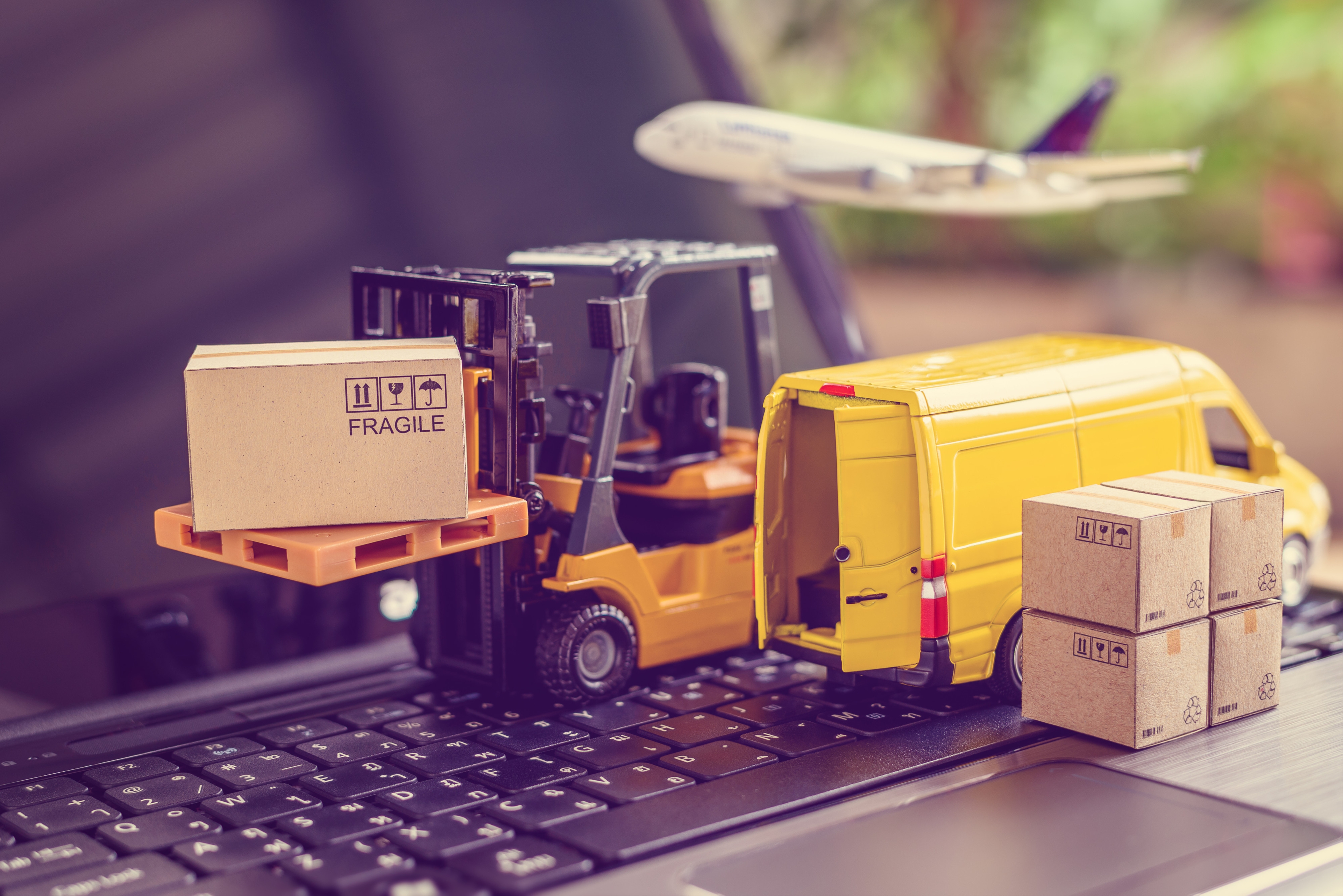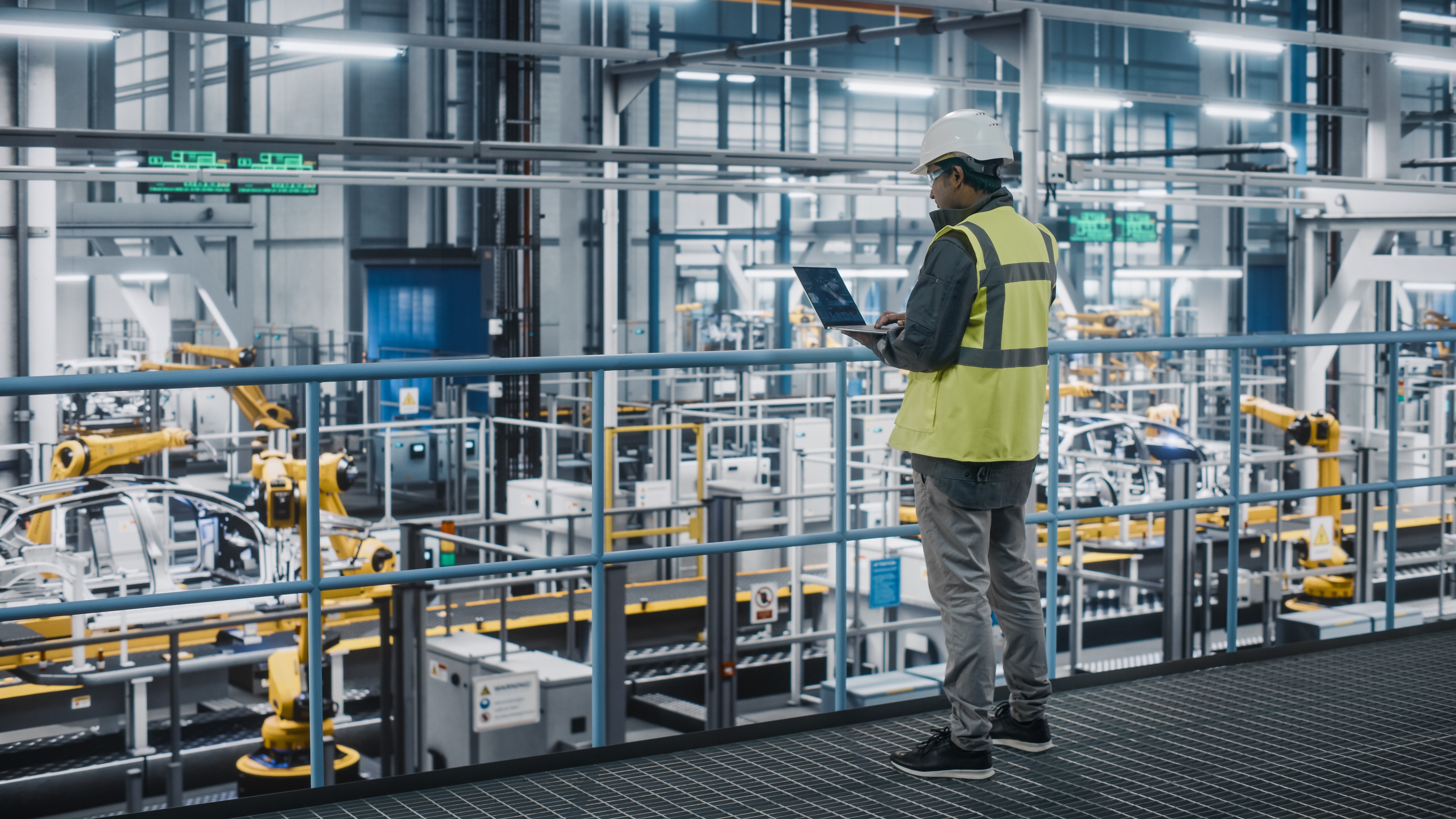Forget what you know about B2B eCommerce marketplaces

Companies are using their B2B eCommerce marketplaces to go beyond range extension to create and lead digital ecosystems
What’s the first thing that comes to mind when you picture a B2B marketplace? Until recently, it might have been the marketplaces operated by digital natives like Amazon Business or Alibaba, offering commoditized products like pens and paper, printer ink and office snacks.
These generalist marketplaces introduced the world of B2B buying to the concept of platforms, taking inspiration from retail to make it easier for businesses to procure the basics they need. The concept has gained serious momentum as organizations use them to deepen their eCommerce offerings in core categories and introduce new ones: more than 400 B2B marketplaces are now operational in the United States alone.
But this “range extension” marketplace concept is just the beginning. When we dig deeper, it quickly becomes clear that a much bigger transformation is taking place, reaching far beyond marketplaces and into the digitization of entire ecosystems. Today, wholesalers, distributors, and manufacturers are creating specialized, tailored solutions that use the power of platform models to transform their businesses.
The forces powering digital ecosystem growth in B2B
The reasons behind the rapid adoption of B2B ecosystems are numerous. In fact, all stakeholders along B2B value chains – buyers, suppliers, and operators – are increasingly pushing for these platforms as a way to simplify how they do business.
First, let’s start with buyers. They want more choice so that they can meet their particular needs, whether it’s a specific aftermarket part to repair their forklift or the most in-demand snacks to stock their store shelves. They expect a user experience just like the one that they have when shopping for their personal life, but without losing the features they need to match their business operations. And they need improved accuracy on things like inventory and delivery times, so that they can plan effectively.
Now, what about suppliers? Like every business, they see the incredible growth happening in digital commerce, and they want access to high-performing digital channels so they can take part. They want to offer their full range of products to sellers, instead of being limited by wholesale agreements. And they need more efficient product onboarding so that they can focus their resources on what matters.
Then, there’s the operator. These businesses – wholesalers, distributors, manufacturers, and procurement organizations – are grappling with fundamental challenges that need to be addressed. They have fragmented distribution, leading to poor visibility on inventory and missed sales opportunities. Their procurement processes are complex, with multiple steps and manual interventions for product creation and order management. And, like every business, they’re seeking new ways to grow and expand.
Redefining the possibilities of B2B digital ecosystems
These forces together are supercharging the adoption of innovative new digital ecosystems across industries, from automotive leaders like Driven Brands; hotels, restaurants and catering (HoReCa) pioneers like AccorHotels and Coca-Cola HBC; AmerisourceBergen in life sciences; and industrial companies such as Airbus. Each of these market leaders are becoming the one-stop shop of their industries, creating a unified experience that fulfills the needs of their specific customer segments under one roof.
It almost goes without saying that these platforms aren’t just about sourcing printer ink. Each of them serve different purposes and address pain points specific to their operators, sellers and buyers.
Take Coca-Cola HBC as an example. It's the third-largest Coca-Cola bottler in the world, with annual sales of more than 2 billion unit cases. It operates a 100% indirect sales model with a highly fragmented distributor network. Its end customers wanted online buying options, but their distributors lacked digital sales experience. So Coca-Cola HBC created a platform that brought on distributors as sellers, and even added new sellers for categories that distributors didn’t offer. Now, buyers now have a digital channel, distributors have digitized without channel conflict, and Coca-Cola HBC has streamlined its supply chain, securing its place at the center of its digital ecosystem.
But it doesn’t stop here. Companies are also using ecosystems to create new sourcing & procurement practices that better match B2C buying experiences. Consider Driven Brands, the largest automotive services company in North America. Driven Brands wanted to give its thousands of franchisees a way to benefit from its purchasing power and buying conditions, and to help them run their businesses more efficiently. So the company launched Driven Advantage, a one-stop shop populated by industry-leading third-party vendors. Through Driven Advantage, franchisees can purchase everything from automotive products to tools and equipment to merchant processing programs, using features like employee permissions and approval rules to align with their own procurement processes.
Moving from “if” to “how”
So how do you, as a wholesaler, manufacturer, distributor or procurement organization, reap the full benefits that digital ecosystems can offer?
This isn’t a simple matter of taking the technology that was built for retail marketplaces and adapting it. B2B organizations need technology and expertise that match the specific needs of their ecosystem – from buyers, to suppliers, and the business.
In partnership with hundreds of the world’s leading enterprises, Mirakl has invested massively in its expertise and technology to build a specialized suite of connected solutions that precisely match how B2B organizations operate. From that, here’s what we’ve learned about the essential features that every B2B digital ecosystem needs to be successful:
Fully integrated first- and third-party experience: A digital ecosystem cannot stand alone – it must be integrated into the eCommerce and eProcurement systems that buyers have already adopted. Customer adoption, and the increased revenue that comes with it, starts with a seamless experience.
Pricing models: From customer-specific pricing options to pricing schedules and quote requests, this is one of the biggest differences between retail and B2B marketplaces. It is essential that B2B digital ecosystem technology offers options that match how buyers shop and how suppliers operate.
Product and catalog management: The process of ingesting product data from suppliers is already complex. To introduce dozens, or even hundreds, of new suppliers magnifies that complexity. Successful ecosystems have a unified supplier portal that collects and manages that data at scale, while maintaining data quality.
Credit terms and financial workflows: Marketplace payment workflows need to accept both Pay Now and Pay Later schemes through card processing and net terms. They need to streamline the invoicing process and accelerate payments to suppliers, so that they’re aligned with how buyers operate and ensure that suppliers are paid in a timely manner.
Invoicing and taxes: Successful digital ecosystems make the invoicing process as simple as possible for buyers, while still maintaining compliance. By automating the connections between suppliers and the operator's system, operators can act as the single "face" for all transactions so that buyers can pay through a single invoice. Taxes need to be calculated, updated, collected and remitted in real time, ensuring compliance and simplifying vendor management.
Be at the center of your ecosystem
B2B companies are creating and leading the next generation of digital ecosystems, powered by Mirakl. You have the technology, and a growing ecosystem of solution providers across payment and financing, tax determination and invoicing, eProcurement integration and product data, to make it possible for your business. Now, the question that every business leader must confront is: what role will you play in the digitization of your ecosystem?
Download our B2B 'how to digitize' short guide to continue your digitization journey.



